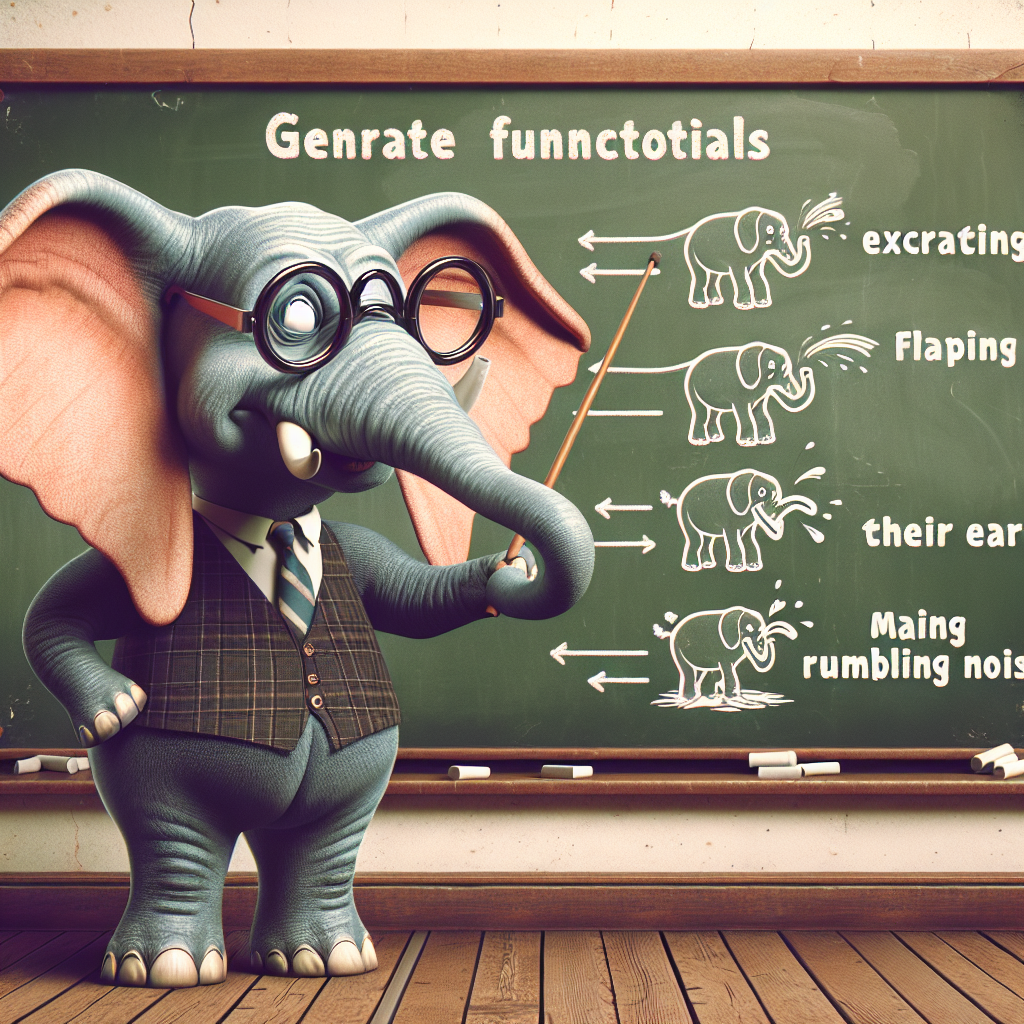Summary made by ChatGPT
The scientific paper titled “Latent meaning representations in great-ape gestural communication” by Franke, Bohn, and Fröhlich (2024) represents a significant contribution to our understanding of primate communication, particularly in how it might bridge the evolutionary gap between non-human primate communication and human language. This analysis is structured to unpack the study’s complex methodologies, discoveries, and broader implications, as requested.
Discovery Details
The authors developed a novel probabilistic model to infer latent semantic meanings from the gestural communication of orangutans. Their approach adapts techniques from probabilistic cognitive modeling of human language, applying them to the domain of primate communication. This model allows for the analysis of communicative behavior beyond the directly observable, inferring meanings and intentions behind gestures based on the context and outcomes of dyadic interactions. This approach revealed nuanced understandings of how gestures function within and possibly evolve across primate species, suggesting a more complex structure of communication that shares some foundational elements with human language.
Methodological Breakdown
The research employs a sophisticated modeling technique grounded in Bayesian inference and signaling game theory to parse the dataset of orangutan communicative interactions. The “stage game” model defines a framework where the actions of a sender (gesturer) and a receiver (interpreter) within a communication event are influenced by latent meanings associated with each gesture. This model is notable for two reasons: it operationalizes the communication process into quantifiable elements (states, signals, and actions), and it employs Bayesian inference to estimate the strength of associations between signals and their meanings. This approach allows the authors to move beyond descriptive statistics to infer how signals might be understood in the context of great ape communication, highlighting the potential for a shared “semantic lexicon” among orangutans.
Challenges and Opportunities
A notable challenge in this research is the inherent complexity of non-human primate communication and the difficulty in accurately inferring meanings from observed gestures. The authors address this by developing a model that can account for these complexities, though they acknowledge the need for further refinement, particularly in incorporating other modalities of communication and the broader context of interactions. This work opens numerous opportunities for future research, such as extending the model to incorporate vocalizations and facial expressions, and applying the framework to compare communication across different primate species. Such extensions could enhance our understanding of the evolution of communication and the origins of language.
TLDR
Franke, Bohn, and Fröhlich (2024) introduce a computational model to explore the latent meanings behind great ape gestural communication, suggesting the existence of a shared semantic lexicon. Their method combines probabilistic modeling with signaling game theory to infer the intentions and meanings behind orangutan gestures, offering new insights into the complexity and potential evolutionary significance of non-human primate communication.
AI Thoughts
The broader implications of this research are profound, suggesting a continuum in the evolution of communication from non-human primates to humans. By uncovering the latent structures underpinning great ape gestures, this work contributes to the ongoing debate about the origins of language and the cognitive capabilities required for complex communication. Moreover, the application of advanced computational models to animal communication studies exemplifies the potential for interdisciplinary approaches to unravel complex biological and cognitive phenomena. This research not only deepens our understanding of primate communication but also invites speculation on the evolutionary pathways that led to the emergence of human language, highlighting the importance of intentionality, context, and flexibility in the evolution of communicative systems.

